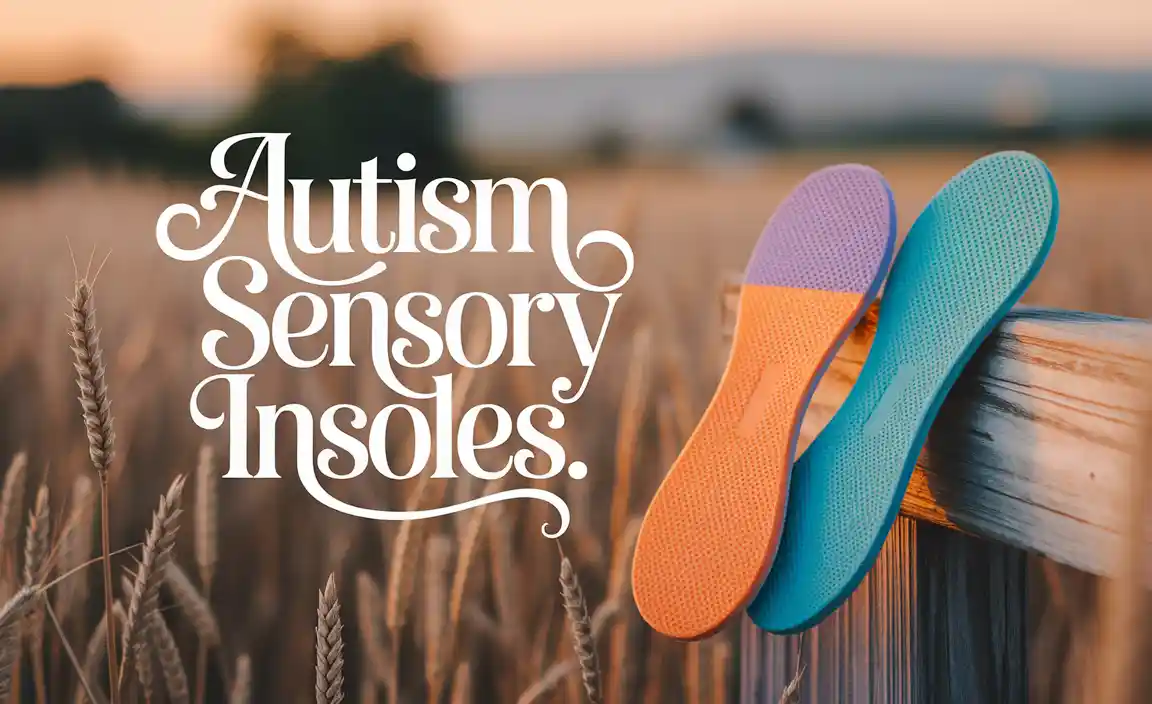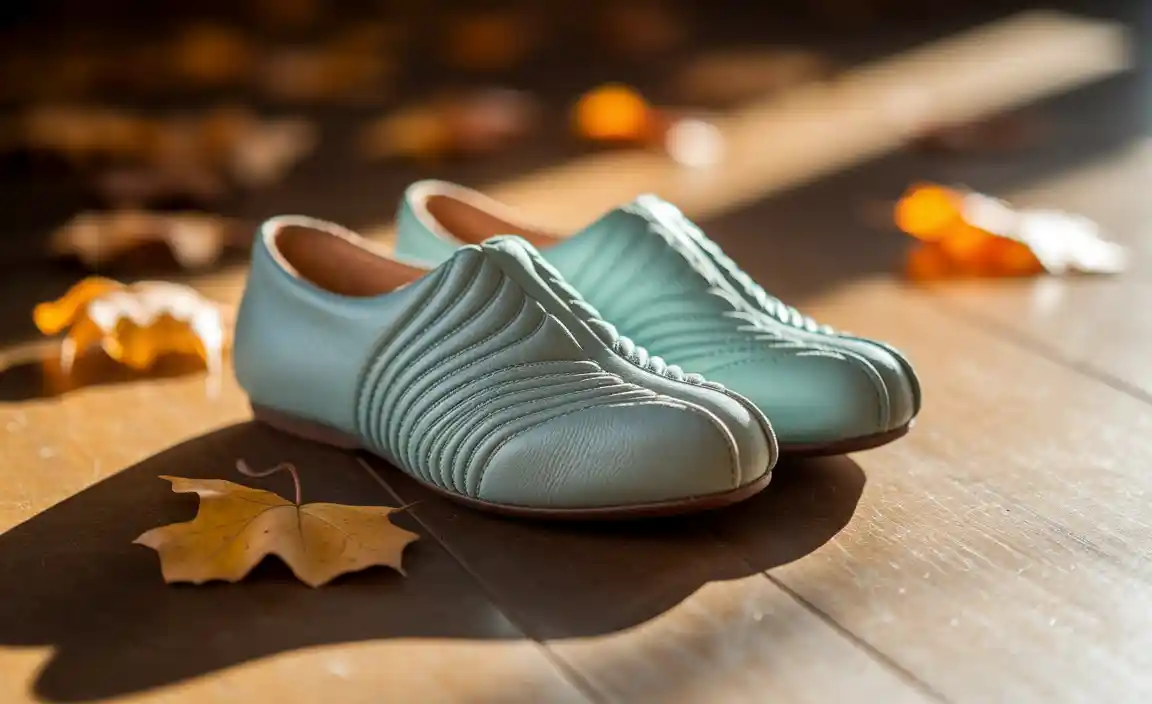Autism Sensory Insoles for individuals on the autism spectrum seeking relief and enhanced comfort for their unique sensory needs. Many people with autism experience heightened sensitivity to tactile input, and the feet are often a major focal point for this. The way shoes feel, the texture of socks, and even the ground beneath their feet can trigger a range of reactions from mild discomfort to intense distress. This is where specialized insoles for autism sensory feet can make a significant difference, offering a personalized solution to improve daily well-being.
Understanding the sensory landscape of an autistic individual’s feet is the first step towards finding effective solutions. Feet are densely packed with nerve endings, making them incredibly sensitive organs. For someone with autism, this sensitivity can translate into a feeling of being overwhelmed by common sensations. A seemingly innocuous seam in a sock might feel like a rough rope, or the tread of a shoe could feel like sharp pebbles. These constant irritants can lead to a variety of challenges, including avoidance of certain footwear, difficulty with balance, and even emotional distress. This is precisely why the development and adoption of specialized insoles for autism sensory feet have become so crucial.
The “best comfort” when it comes to autism sensory insoles isn’t about a one-size-fits-all approach. Instead, it’s about a thoughtful consideration of individual needs and preferences. What one person finds soothing, another might find agitating. Therefore, the ideal insole will be one that is specifically designed or can be customized to address the unique sensory profile of the user. This often involves looking at materials, thickness, arch support, and the overall feel against the foot.

The Crucial Role of Materials in Autism Sensory Insoles
The materials used in crafting insoles for autism sensory feet are paramount. Soft, non-abrasive fabrics are often preferred. Materials like plush microfiber, smooth silicone, or even certain types of memory foam can provide a cushioning effect that diminishes the impact of pressure points and rough textures. The goal is to create a gentle buffer between the foot and the shoe, effectively muting potentially overwhelming sensory input. Avoiding synthetic materials that can cause friction or retain moisture is also a key consideration. Breathable and hypoallergenic options are generally best, reducing the risk of irritation and discomfort that could exacerbate sensory sensitivities. When selecting insoles, consider the tactile properties of the material – does it feel smooth, cool, warm, or slightly textured? These subtle differences can have a profound impact on comfort levels.
Customized Support for Autism Sensory Feet
Beyond material selection, the fit and support offered by insoles for autism sensory feet are critical. Many individuals with autism may have specific gait patterns or postural needs that require tailored support. Some might benefit from enhanced arch support to improve stability and reduce fatigue, while others might find a completely flat, cushioned surface more comfortable. The goal is to create a stable yet forgiving environment for the foot. Overly rigid or aggressively supportive insoles can sometimes be counterproductive, introducing new sources of sensory irritation. Therefore, customization allows for the precise adjustment of these elements. From varying degrees of cushioning to subtle modifications in contouring, the ability to personalize the insole’s support system is a significant factor in achieving optimal comfort and functionality for those with sensory processing differences.

Addressing Common Sensory Challenges
The challenges faced by individuals with autism regarding their feet are diverse. Some may experience hypersensitivity, where even light touch is perceived as intense. Others might have hyposensitivity, meaning they require more intense sensory input to feel their feet properly, which can affect balance and coordination. Insoles for autism sensory feet can be designed to address both ends of this spectrum. For those who are hypersensitive, the focus is on soft cushioning and seamless construction to minimize any sensation that could be perceived as a threat. For those who are hyposensitive, insoles might incorporate subtle textures or different density zones to provide more feedback to the brain, thereby improving proprioception (the body’s awareness of its position in space) and aiding in better foot placement and movement.
Beyond Comfort: Improved Functionality and Well-being
The benefits of well-chosen insoles for autism sensory feet extend far beyond mere comfort. By reducing sensory overload and improving the physical experience of wearing shoes, these insoles can lead to a cascade of positive outcomes. Individuals may find it easier to engage in daily activities, such as walking, playing, or participating in physical education. Improved foot comfort can also lead to better sleep, as the discomfort experienced throughout the day can often carry over into nighttime restlessness. Furthermore, the confidence gained from having footwear that feels good can positively impact mood and social engagement. When feet are a source of constant discomfort or distress, it can significantly detract from a person’s overall quality of life. By providing a reliable source of comfort and sensory regulation for the feet, these specialized insoles empower individuals to navigate their world with greater ease and less anxiety.
In conclusion, finding the “best comfort” with autism sensory insoles is a personalized journey. It involves carefully considering the materials, the fit, and the specific sensory needs of the individual. By focusing on these key elements and exploring the options available for insoles for autism sensory feet, it’s possible to significantly enhance comfort, improve functionality, and contribute to a greater sense of well-being for those on the autism spectrum. The right insole can transform a potentially uncomfortable experience into one of relaxed confidence and ease.
